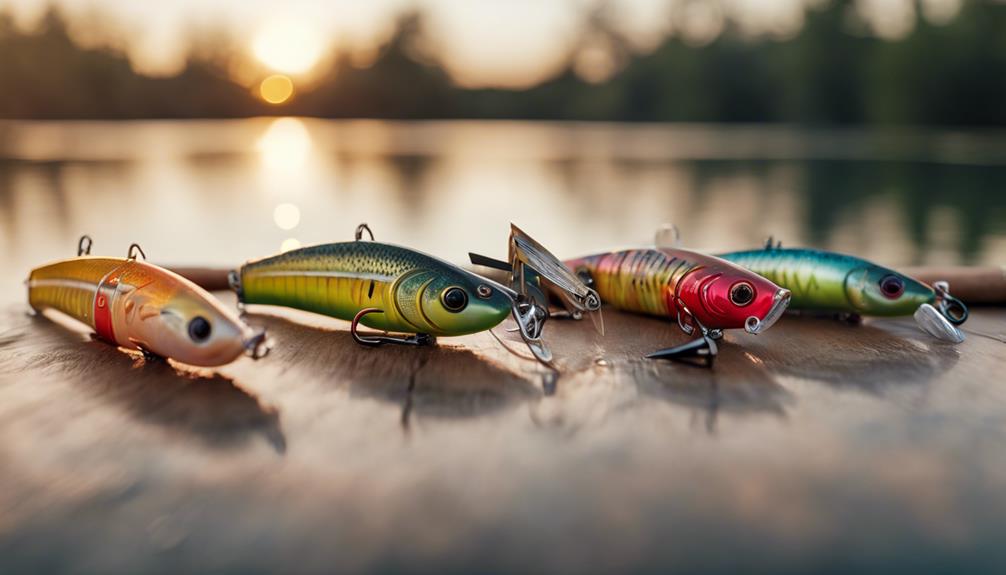Understanding Saltwater Fly Fishing Flies
Saltwater fly fishing flies are specialized lures designed to mimic the natural prey of fish in ocean environments. Unlike traditional fishing lures, these flies are lightweight and require a unique casting technique. They are crafted from various materials, including feathers, fur, and synthetic fibers, to create realistic patterns that entice saltwater species such as tarpon, bonefish, and permit. Understanding the anatomy of saltwater fly fishing flies is essential for any angler looking to improve their catch rate. By grasping how these flies mimic prey, you can choose the right patterns to target specific fish in different saltwater environments.
Choosing the Right Saltwater Fly Fishing Flies for Your Target Species
Different species of fish require different types of saltwater fly fishing flies. For example, if you’re targeting bonefish, smaller, more subtle flies like the Crazy Charlie or Gotcha are excellent choices. Conversely, if you’re after larger species like tarpon, you might opt for bigger, more vibrant patterns like the Tarpon Fly or a Deceiver. Understanding the feeding habits and preferences of your target species is crucial. Researching the local fishery can provide insights into what flies are currently effective, giving you a better chance of success on your next outing.
Essential Materials for Tying Saltwater Fly Fishing Flies
If you’re interested in tying your own saltwater fly fishing flies, it’s important to gather the right materials. Essential items include hooks, threads, and a variety of synthetic and natural materials. For saltwater flies, you’ll need durable hooks that can withstand the teeth of aggressive fish. Additionally, materials like bucktail, marabou, and flashabou can add movement and color to your creations. Investing in a good vise and a selection of tools will enhance your fly-tying experience. By learning to tie your own flies, you can customize patterns to meet the specific conditions of your fishing spot.
Techniques for Casting Saltwater Fly Fishing Flies
Casting saltwater fly fishing flies requires a different technique than casting traditional lures. The key is to master the double haul casting technique, which allows you to generate more line speed and distance. This technique involves using both your rod hand and your line hand to create a more powerful cast. Additionally, learning to read the wind and understanding how to adjust your casting angle can significantly improve your accuracy. Practicing your casting skills in various conditions will prepare you for the diverse environments you might encounter while saltwater fly fishing.
Reading the Water: Finding the Best Fishing Spots
Knowing where to cast your saltwater fly fishing flies is just as important as the flies themselves. Learning to read the water can help you identify prime fishing spots. Look for signs of fish activity, such as surface disturbances, birds diving, and baitfish schools. Inshore areas like mangroves, estuaries, and sandy flats are often hotspots for species like bonefish and snook. Offshore, reef structures and drop-offs can attract larger pelagic fish. Understanding tidal movements and how they affect fish behavior will also increase your chances of a successful catch.
The Importance of Retrieval Techniques with Saltwater Fly Fishing Flies
Once your saltwater fly fishing fly is in the water, retrieval techniques become crucial. Different retrieval methods can make your flies more appealing to fish. For example, a slow, steady retrieve works well for imitating wounded baitfish, while a fast, erratic retrieve can trigger aggressive strikes from predatory fish. Experimenting with different retrieval speeds and patterns can help you determine what works best on any given day. Pay attention to the behavior of fish and adjust your technique accordingly to maximize your chances of success.
Seasonal Considerations for Saltwater Fly Fishing Flies
Understanding seasonal patterns can significantly influence the effectiveness of your saltwater fly fishing flies. Fish behaviors and food availability change with the seasons, impacting which flies will be successful. For instance, during the warmer months, fish are often more active and may feed aggressively, making larger, more colorful flies effective. Conversely, during cooler months, fish might prefer smaller, more subtle patterns. Researching seasonal trends specific to your fishing location can help you select the right flies and optimize your fishing strategy throughout the year.
Maintaining Your Saltwater Fly Fishing Flies for Longevity
Proper maintenance of your saltwater fly fishing flies is essential for ensuring their longevity and effectiveness. After each fishing trip, rinse your flies in fresh water to remove salt and debris. Allow them to air dry completely before storing them to prevent mold and deterioration. Regularly inspect your flies for wear and tear, replacing any that show significant damage. By taking care of your equipment, you can ensure your saltwater fly fishing flies remain in top condition, ready for your next adventure on the water.
In conclusion, saltwater fly fishing flies are a vital component of successful saltwater fishing. By understanding the types of flies, the techniques for casting and retrieval, and the importance of seasonal patterns, you can enhance your fishing experience. Whether you’re a seasoned angler or just starting, mastering the art of using saltwater fly fishing flies will open up a world of opportunities for catching various saltwater species. Happy fishing!
